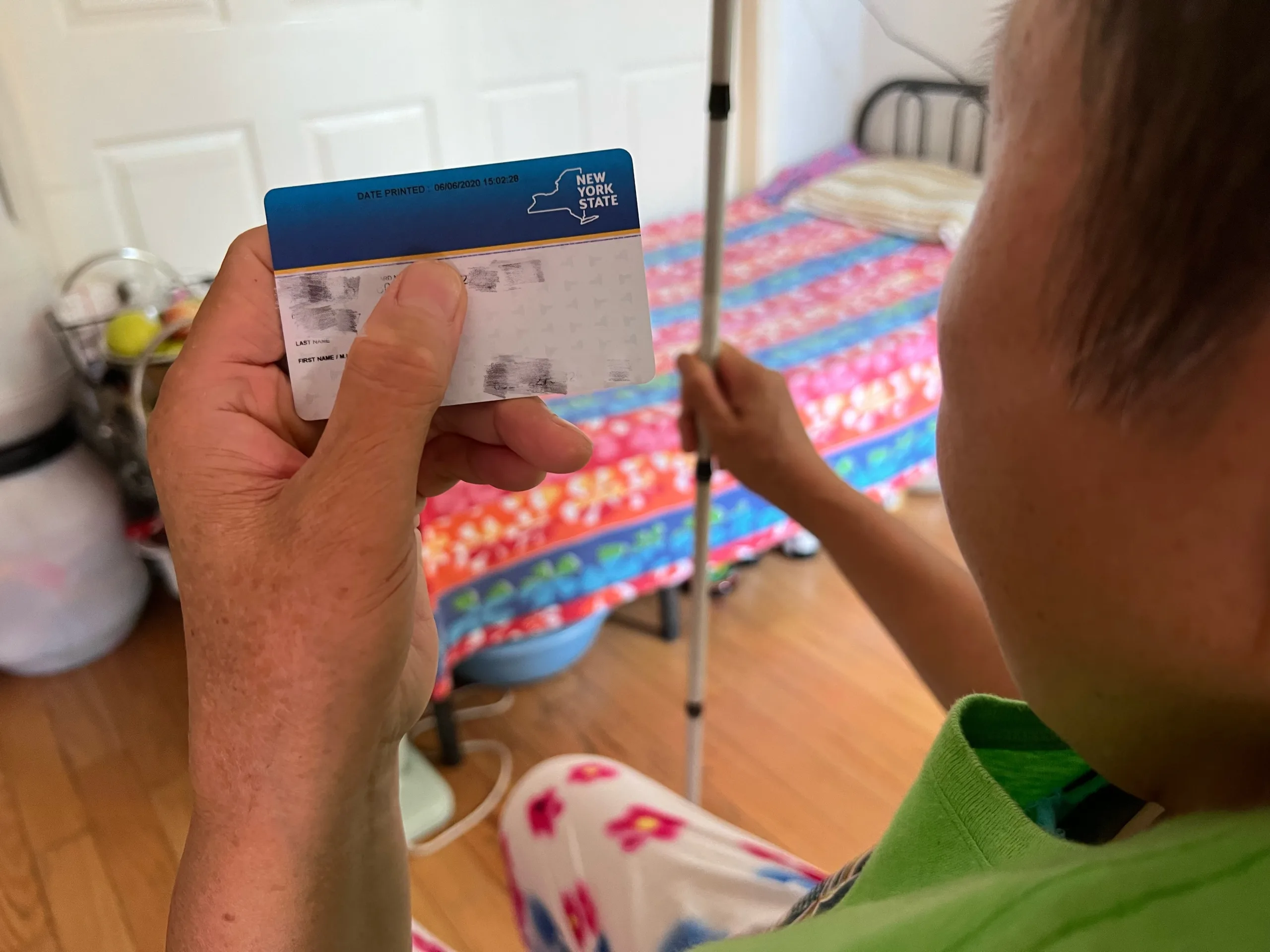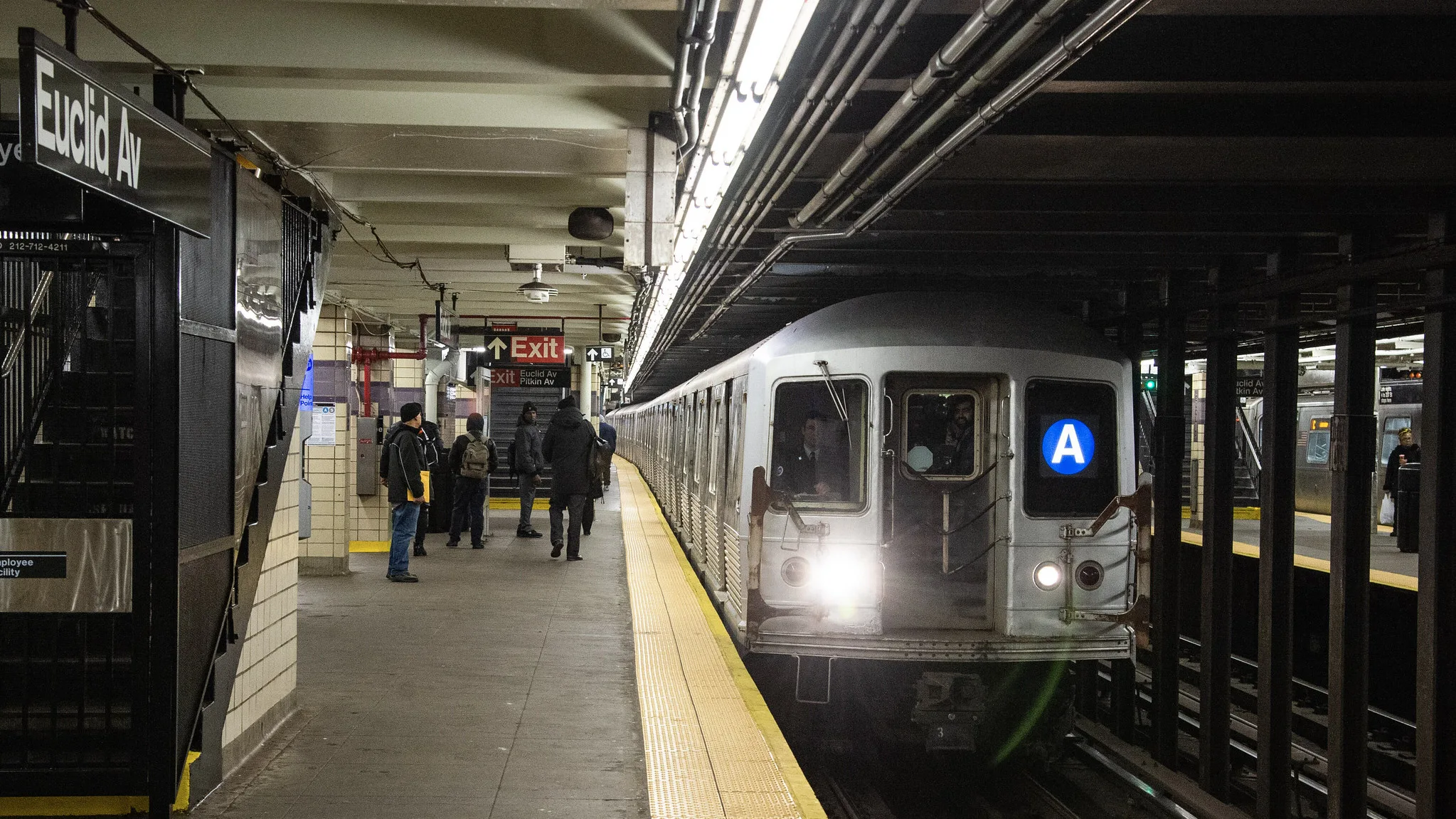New York’s Varick Street immigration court vastly improved on the out-of-control waits detainees experienced for a first hearing—until the coronavirus hampered operations in recent months, according to monthly reports from the Justice Department. The new round of delays had immigrants waiting over five weeks in detention for a first hearing in April or May at the Varick Street Processing Center, according to the reports filed in the U.S. District Court in Manhattan.
The Executive Office for Immigration Review had previously pledged to a federal judge that the Varick Street court would hold master calendar hearings for all recently detained people within 17 days—far less than the waits detainees experienced in the summer of 2018, typically two months or more after a case was filed.
The reports stem from a November, 2018 lawsuit that charges that ICE’s New York office and EOIR routinely violated immigration detainees’ constitutional rights by depriving them of a prompt hearing. Based on EOIR data, it said that the wait from arrest to first hearing at the Varick Street court’s detainee docket peaked at a median of 85 days for August, 2018.
The federal courts have never defined how long a detainee held on a civil deportation charge can be required to wait in jail before getting a hearing before an immigration judge. Government officials appear eager to avoid a ruling that would clarify that. In criminal cases, the authorities generally have 48 hours to arraign a defendant.
In a hearing held in April, 2019, the government’s attorney acknowledged that it had taken ICE “several days to several weeks” after incarceration just to file a Notice to Appear, the charging document in a removal case. Once a case was filed with the Varick Street court, it could take 60 to 70 more days for EOIR to hold an initial hearing before a judge, Assistant U.S. Attorney Brandon Waterman conceded.
But, he argued, the issue was moot because both agencies were taking steps to fix the problem. ICE had decided to skip the time-consuming internal legal review done for each NTA and pledged to file cases within 48 hours of an arrest (but up to five days for arrests made on a Friday, weekend or holiday). And the Varick Street court adopted a policy of scheduling a first hearing in no more than 17 days, Waterman said.
“So you think the record establishes that going forward, no one will face anything longer than a 17-day delay?” Judge Alison Nathan asked.
“Yes, your Honor,” Waterman responded, calling it the “outer limit” for all cases. “I believe the numbers currently demonstrate that. . . . To the extent this court doesn’t believe that the government has demonstrated these numbers will continue, then I would suggest that they continue to report to the court on a monthly basis or even less.”
Nathan has not made a final decision in the case, but in a September, 2019 order she required the government to continue filing monthly reports as well as immediate notices for any case in which a Varick Street detainee waits more than 17 days from arrest to first hearing.
Since then, the record shows that while EOIR has been able to reduce the median waiting time to a monthly median of under two weeks, there has not been a month when it met the pledge that every case would be heard in no more than 17 days. It came close in December 2019 and February-March 2020: only one case missed the cut in each month.
In other months, there were numerous misses. For example, in January, 11 of the 68 master calendar hearings were scheduled beyond 17 days after filing.
For April and May, the waits returned to levels seen in 2018: a median of 42 days from the case’s filing to first hearings held in April, and 50 days in May.
The communications unit at the U.S. attorney’s office in Manhattan did not return phone and email messages about the case, and EOIR declined to comment.
“The court’s scrutiny during this lawsuit has been instrumental in substantially reducing the time it takes for most individuals detained by ICE in New York to get a hearing,” Mauricio Noroña, an attorney at the Cardozo Immigration Law Clinic, said in a written statement. “While this is a welcome improvement, the government has still allowed some people to slip through the cracks and languish in detention for inordinately long times. We believe that only a court ruling can force the government to take all appropriate measures to ensure that no one is subject to prolonged wait times before they first get a chance to contest their detention and seek release.”
The documents show that ICE continued to bring new cases to the court as late as March 20, the same day New York State ordered all non-essential businesses closed because of the danger of spreading the coronavirus. With the county jails that take the New York ICE office’s detainees imposing a moratorium on new cases, ICE’s New York field office brought its cases to other jurisdictions.
“Such aliens were transferred to other ERO field offices throughout the country for placement into removal proceedings,” Hector Medina, assistant field director of the New York office, said in an affidavit. He later updated the court to say that the Orange County Jail in Goshen, N.Y., agreed on May 27 to accept new detainees, and the Bergen County Jail in Hackensack, N.J. did the same on June 10.
It’s not clear from the records exactly where the New York arrestees were moved to, or how long it took ICE to file their cases with another court. Medina told the court that ICE-New York “does not track cases for aliens who are transferred to another field office.”
The case, Perez v. Decker, 18-CV-10683, was filed by attorneys from the Cardozo Immigration Justice Clinic, New York Civil Liberties Union, Make the Road New York and the Bronx Defenders.














